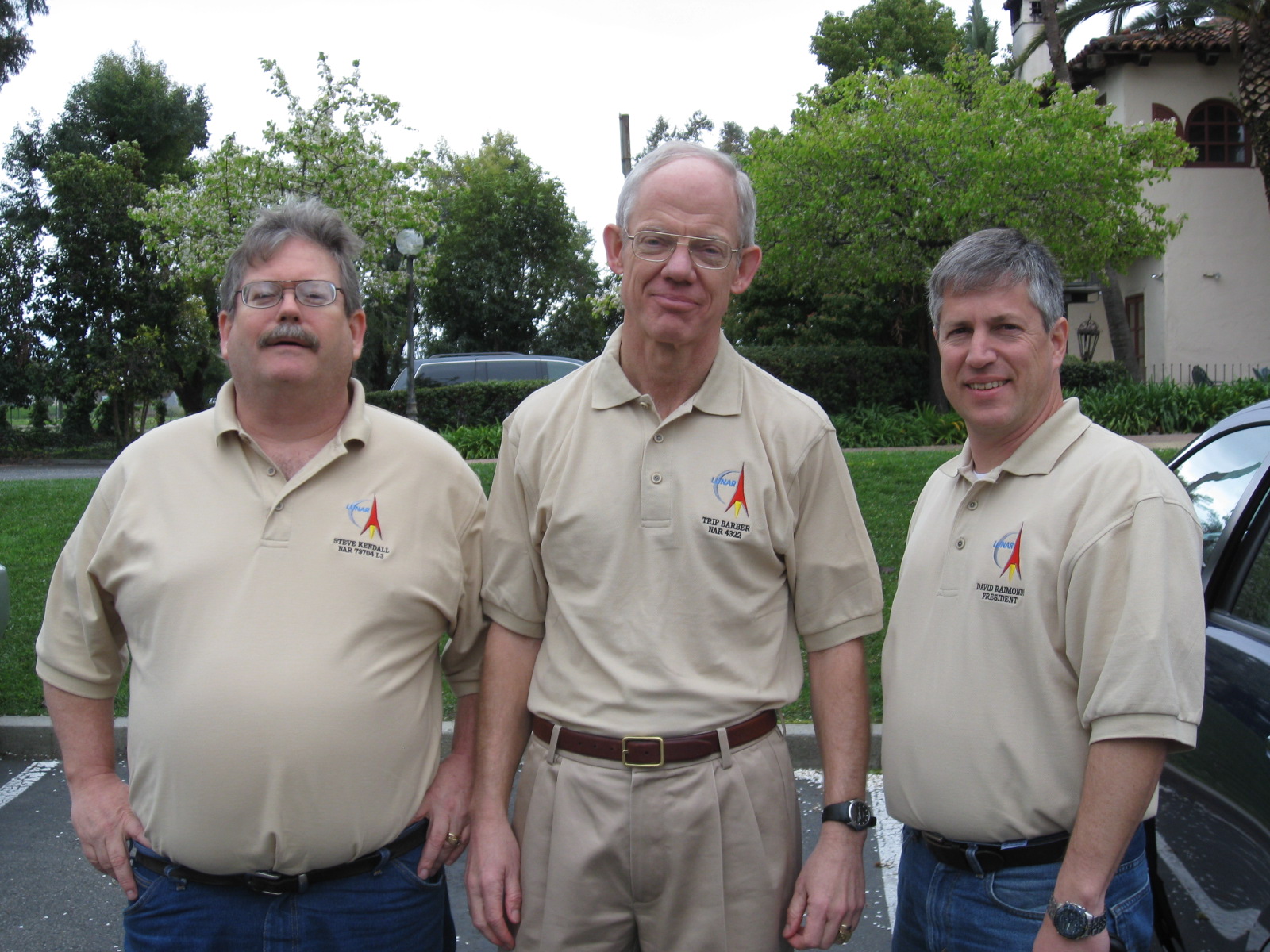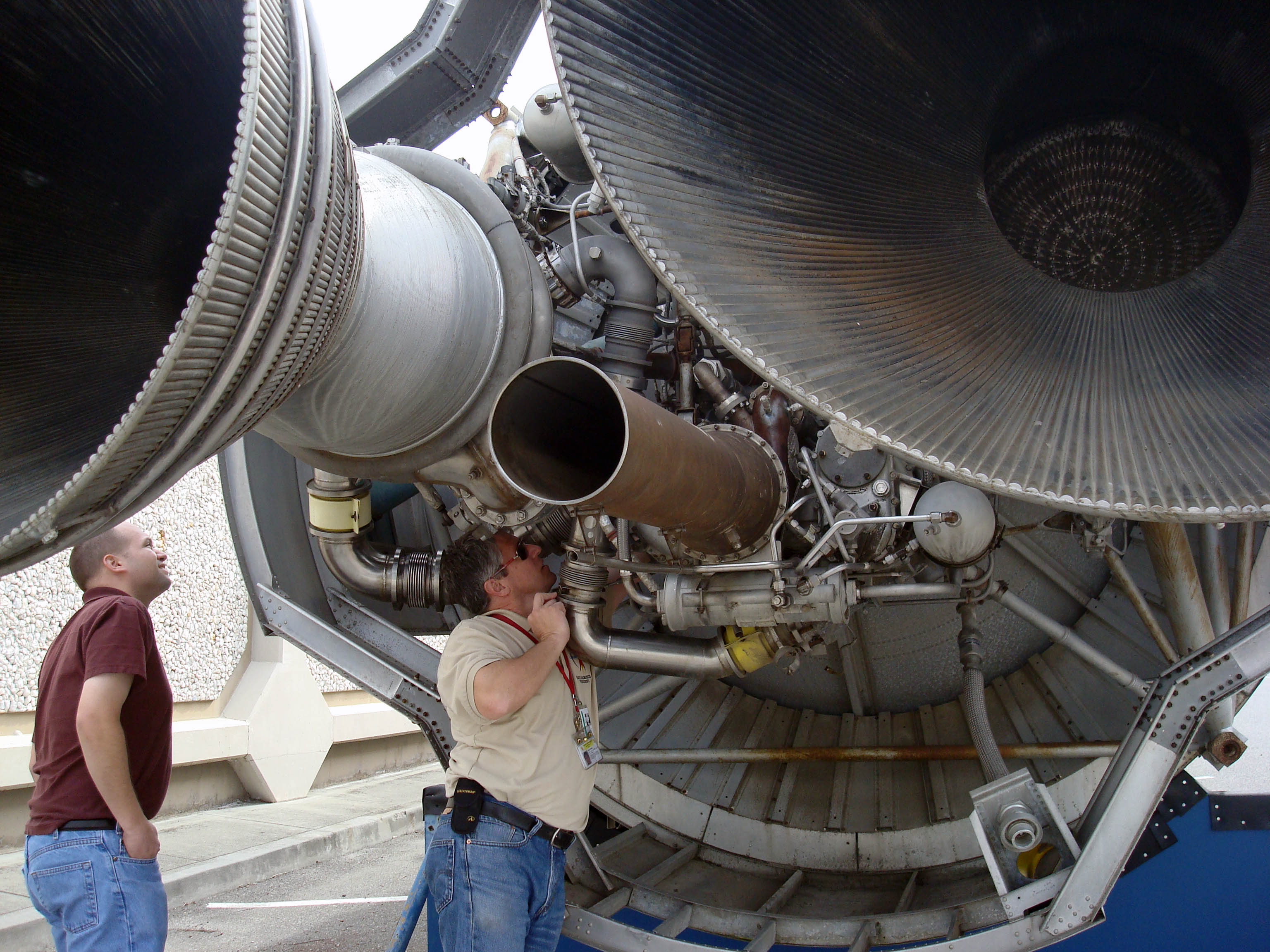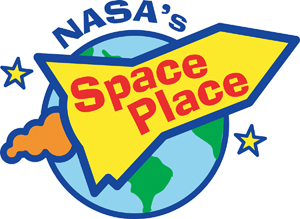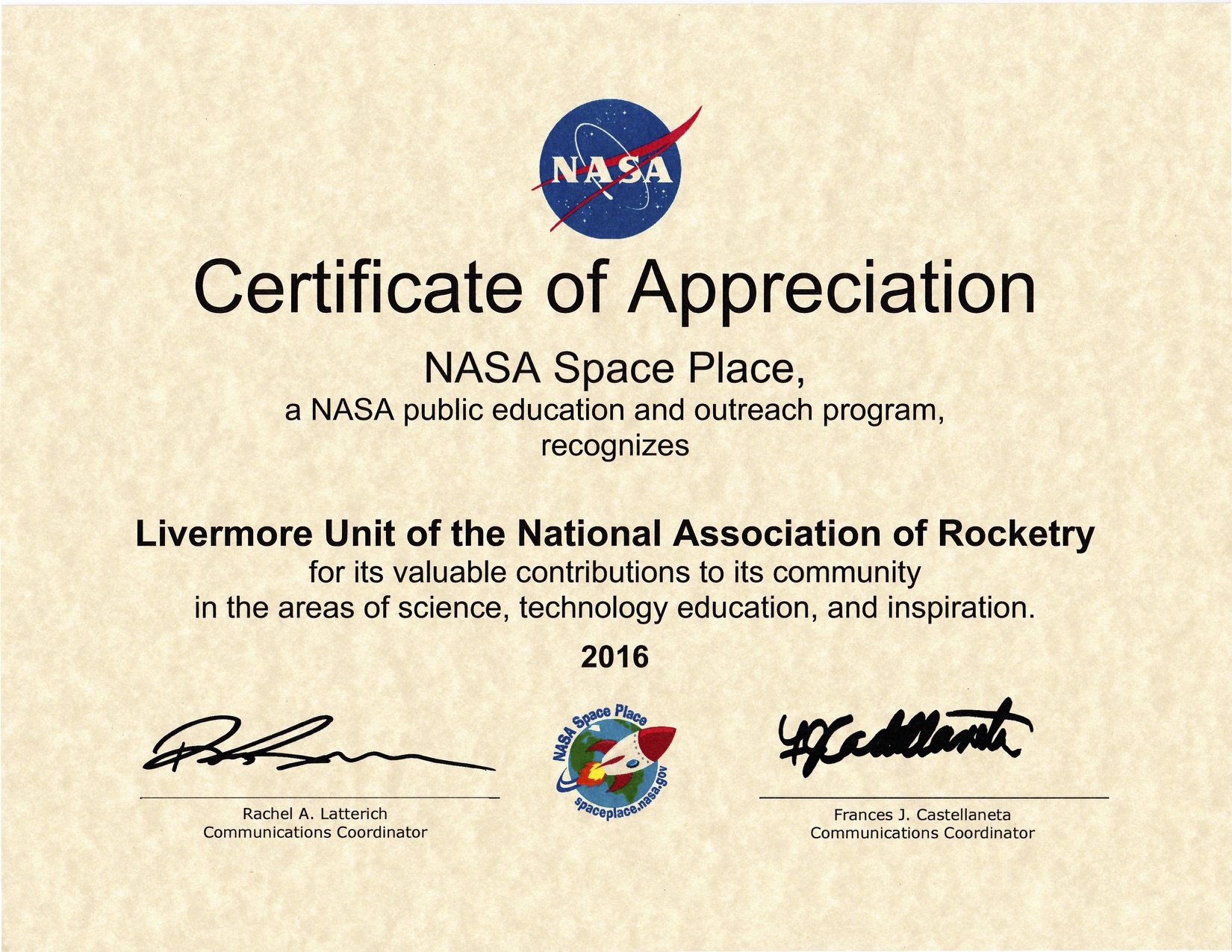William Orvis
LUNAR# 309
If you bought one of the original MicroMacxx® rockets, it came with its own launch pad, launch controller, and igniter holder. If your club has a set of standard launch pads, this pad and controller does not really work well with them. Also, newer MicroMaxx® rockets with clustered engines don’t work at all with the single igniter holders in the original pad.




